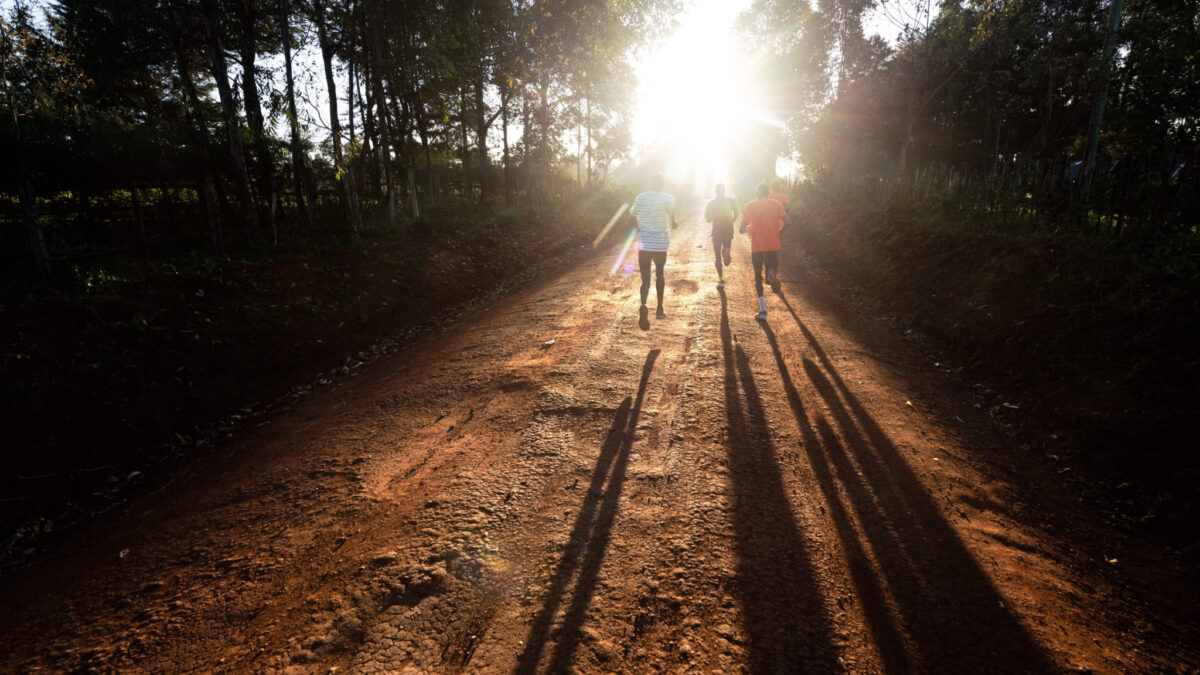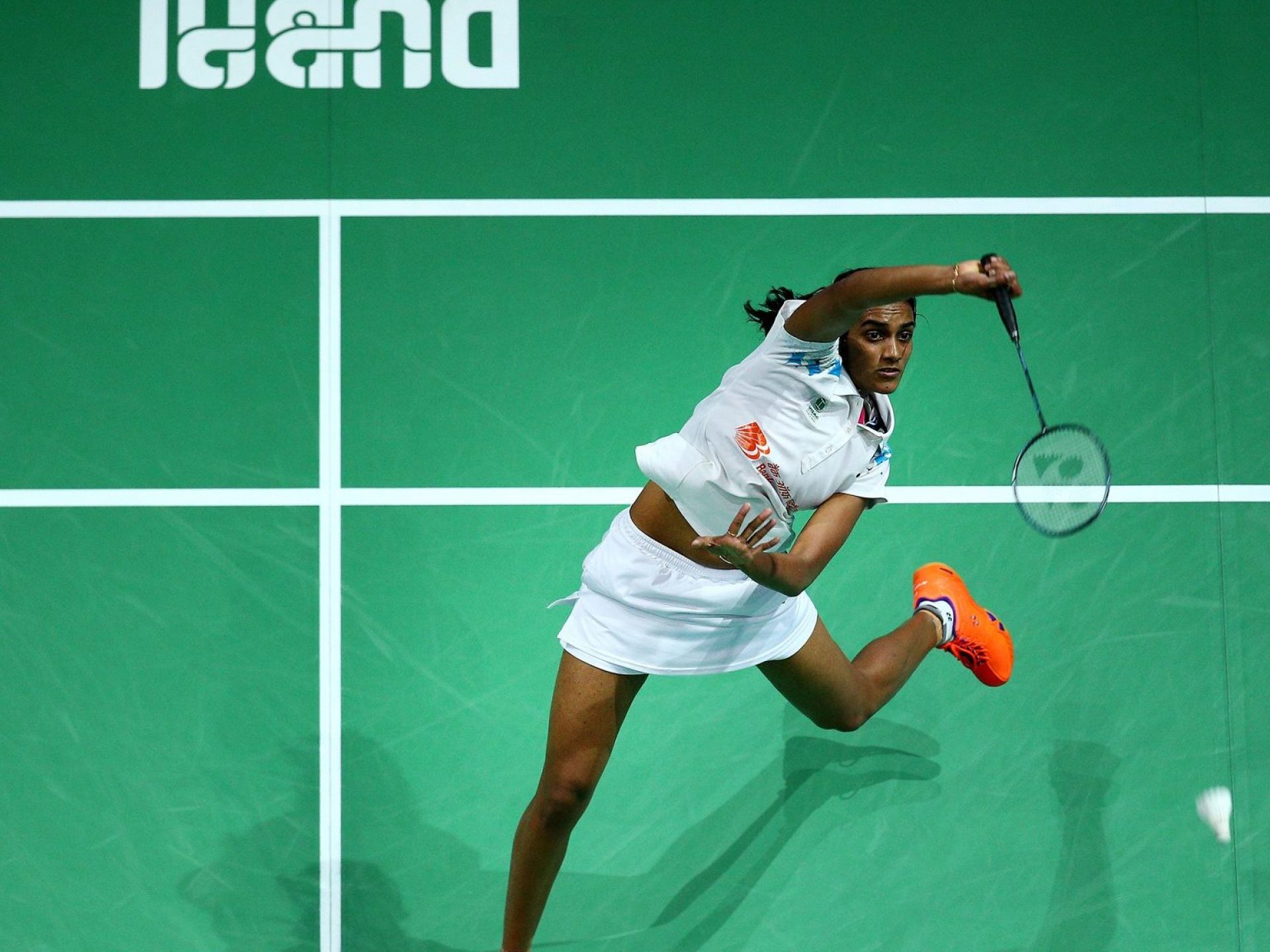Magazine

April 8, 2020

This article was originally published in Populous Magazine, our biannual publication featuring news and trends from the worlds of sport, entertainment, and major public events. Find out more, and sign up to receive a free copy, here.
Virtually all of the richest female athletes on the planet are tennis players. A rare exception is India’s top badminton champion P.V. Sindhu. Andy Fry, from Sports Business International magazine, finds out why the sponsors love her.
Cast your eye down Forbes Magazine’s list of the richest female athletes for 2019 and it’s no real surprise to see tennis players dominating the top ten. More eye-catching is the sight of an Indian badminton player, P.V. Sindhu, hovering just behind the leading pack – with annual earnings of US$5.5 million. Sindhu’s success is even more remarkable when you consider that 90 per cent of her earnings ($5m) come via brand endorsements.
Granted, this shuttler (who goes by her initials rather than her first names Pursarla Venkata) has an advantage since there are 1.37 billion sports-mad Indians cheering her on. But the only other Indians to attract this level of sponsorship are male cricketers and Bollywood movie stars.
Tuhin Mishra is managing director of Baseline Ventures, the sports marketing agency that has taken care of Sindhu’s commercial interests since 2015. In his opinion there is “no question Sindhu has transformed sports sponsorship in India”. “She isn’t just competing at the same level as the cricketers,” he adds. “She has broken through the glass ceiling for female athletes.”
"India hasn’t had much success at the Olympics, so she became a star overnight..."
Still only 24 years old, Sindhu grew up in Hyderabad, the daughter of two elite volleyball players. Her major breakthrough was her singles silver medal at the 2016 Rio Olympics. “India hasn’t had much success at the Olympics, so she became a star overnight,” says Mishra. She has also captured five singles medals at the BWF World Championships, including gold in 2019. Meanwhile her performances for the Hyperabad Hunters in India’s city-based team tournament, the Premier Badminton League, ensure she is seen by millions on the TV station Star Sports India.
It’s a playing record that has brand partners beating a path to her door. Sponsors from industries as varied as financial services, soft drinks, healthcare, motoring, e-commerce, steel, and law enforcement have paid her handsomely to promote their products. “Brands are attracted by her success, but they also admire her off-court manner,” says Mishra. “She is hard-working and pleasant to deal with. And she hasn’t let her star status go to her head.”
Especially compelling for brands is the way Sindhu’s off-court persona taps into both youth fashion and female empowerment, without neglecting the sense of public duty and tradition that Indians take so seriously. She is a regular feature at fashion shows, on magazine covers and has built a five million-strong social media following. Mishra points out how she engages young Indian girls at the same time as being the face of the Indian government’s Goods and Services Tax Bill.
As for Sindhu’s international profile, Mishra says she Is already winning over global audiences: “In badminton-playing regions like China and South East Asia she is a big star. And she is popular among the Indian diaspora in the UK, US and Middle East.”
Her next challenge is to win the gold medal next year at the Tokyo Olympics – a fitting climax to the movie biopic of her life that is currently in development. This ambition, however, will be complicated by pressure from commercial clients anxious to secure her services. In recent months, Sindhu – who likes to train six to seven hours a day, six days a week – experienced a dip in form, which some suggested was the result of sponsor distractions. Mishra says the real issue lies with the gruelling nature of the elite BWF circuit she competes on.
It’s all about treading a fine line between maintaining her position at the top of the world rankings and keeping her sponsors happy. Mishra and his colleagues at Baseline Ventures certainly have their work cut out.
Lorem ipsum dolor sit amet consectetur, adipisicing elit. Non facere corporis et expedita sit nam amet aut necessitatibus at dolore enim quis impedit eius libero, harum tempore laboriosam dolor cumque.
Lorem, ipsum dolor sit amet consectetur adipisicing elit. Illo temporibus vero veritatis eveniet, placeat dolorem sunt at provident tenetur omnis, dicta exercitationem. Expedita quod aspernatur molestias eum? Totam, incidunt quos.